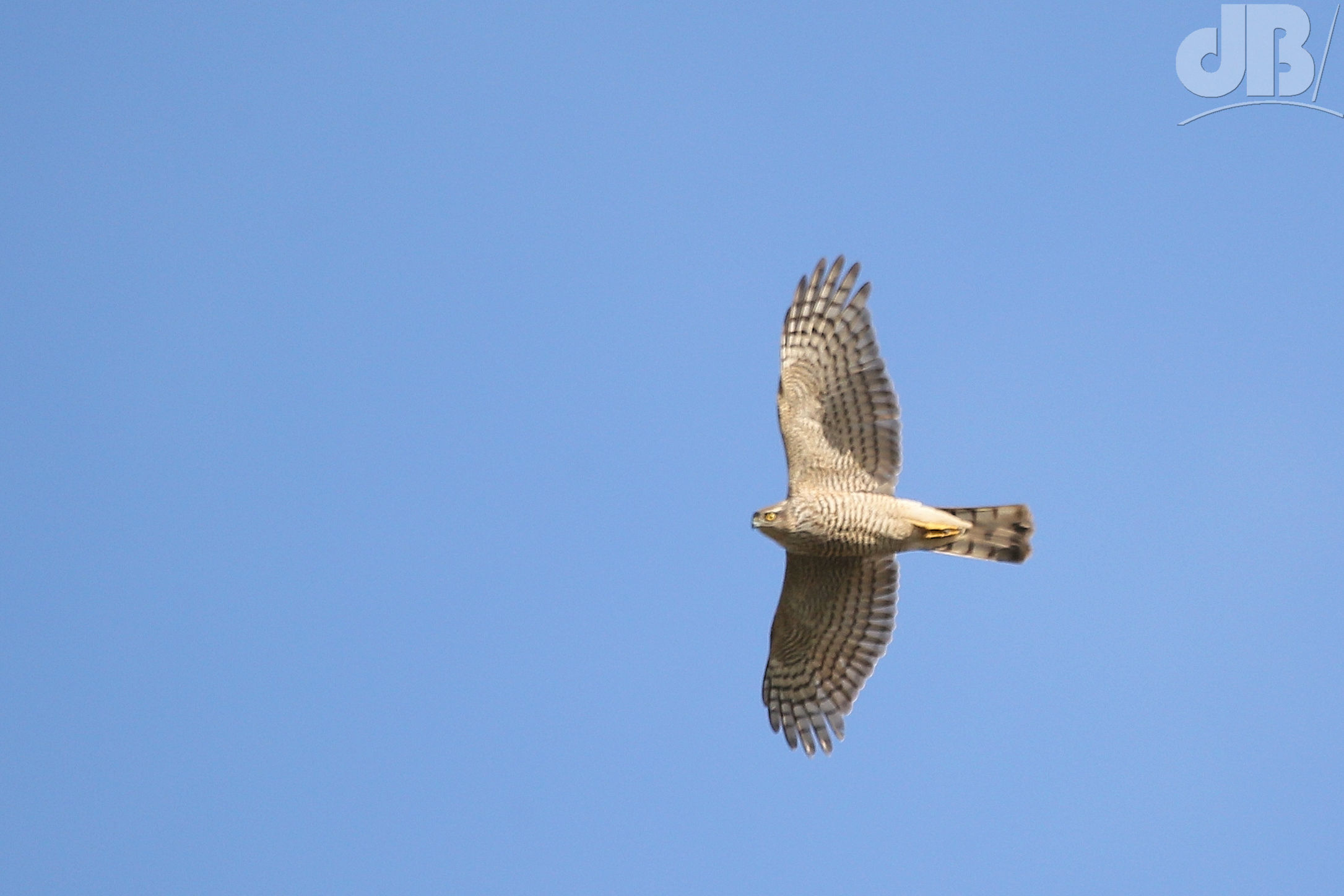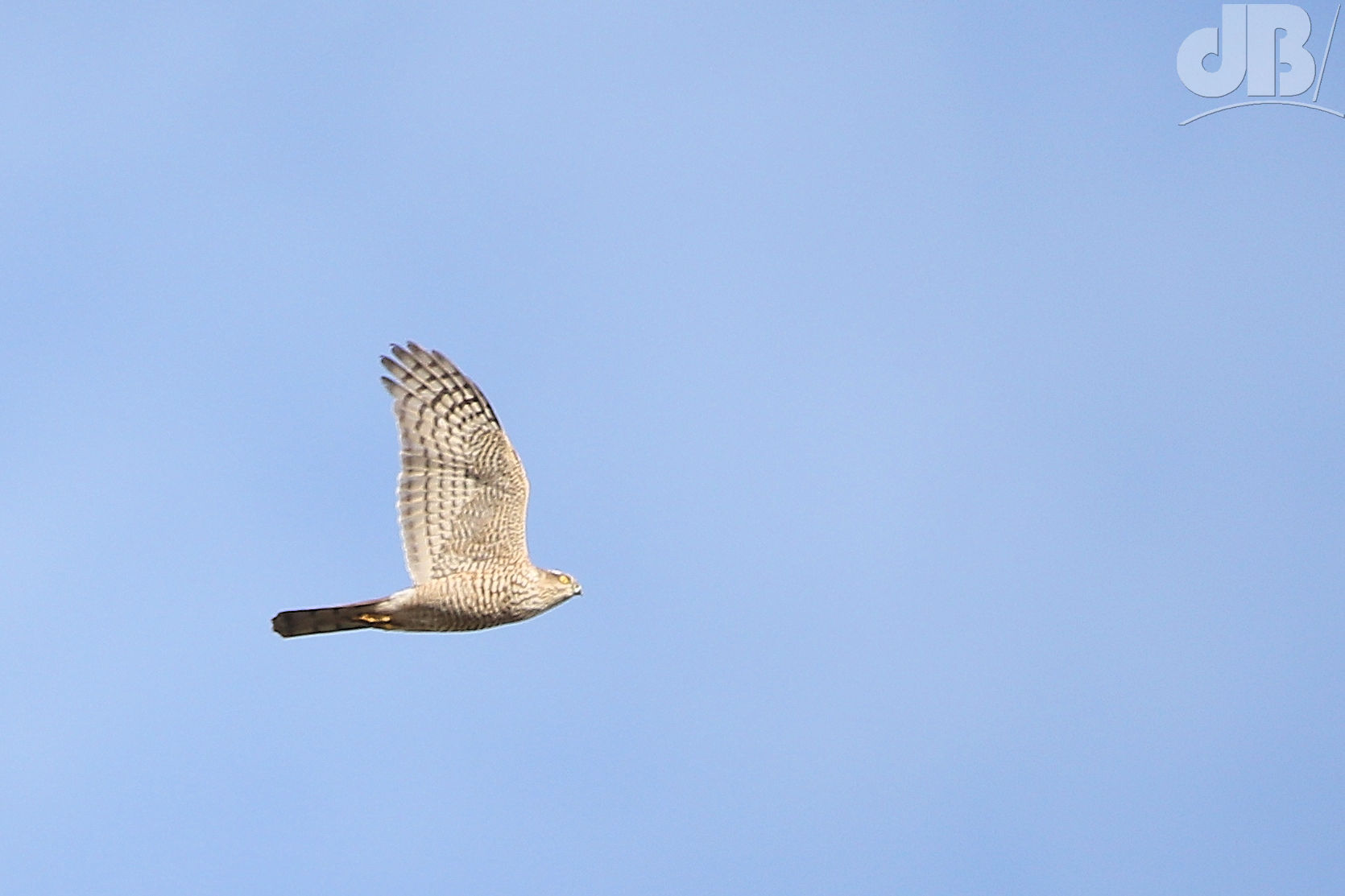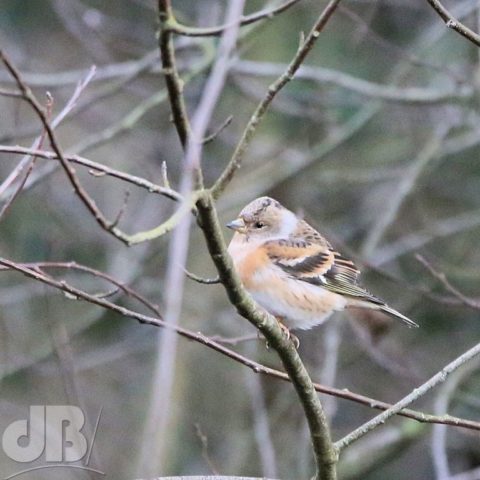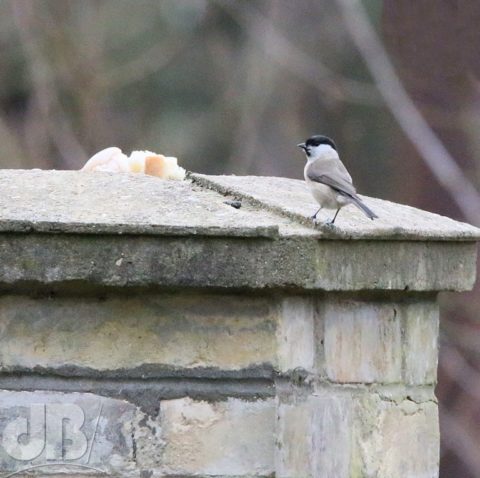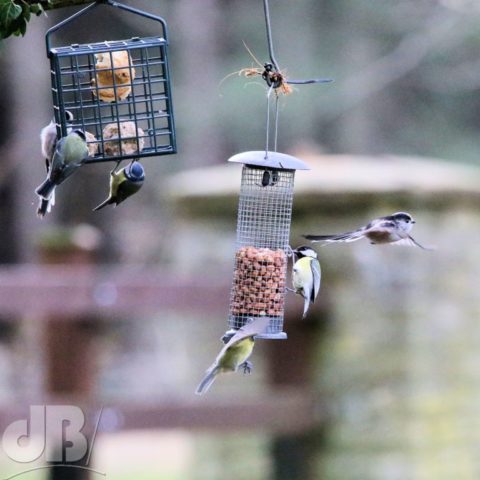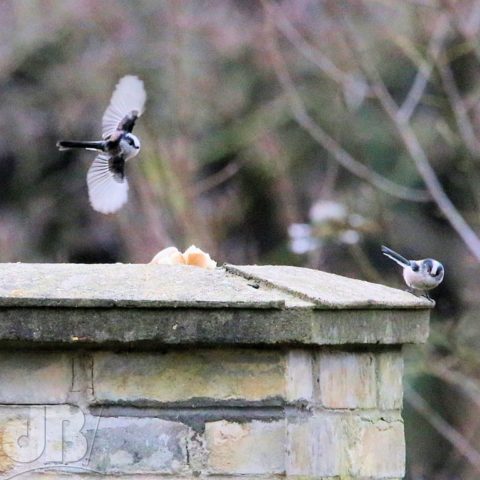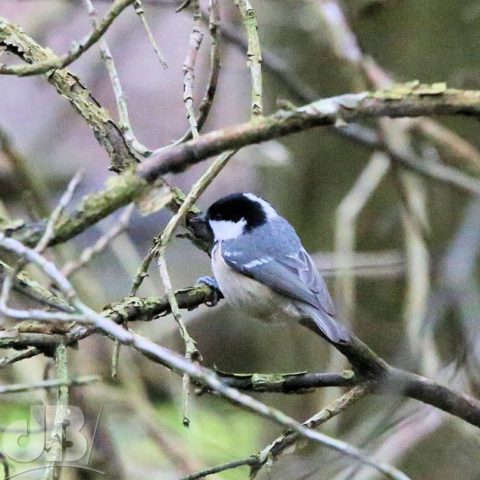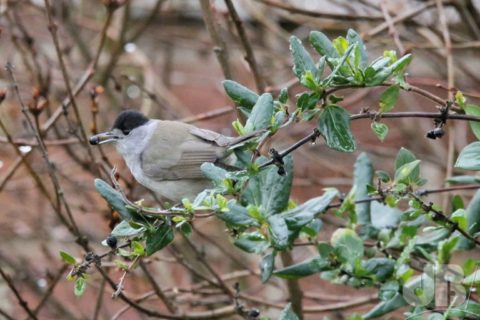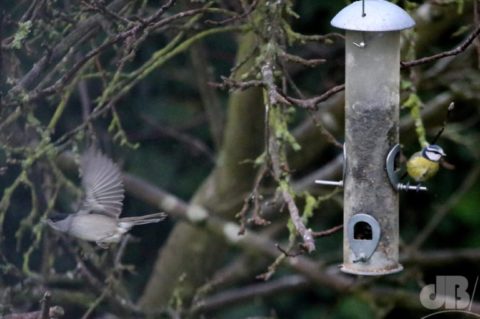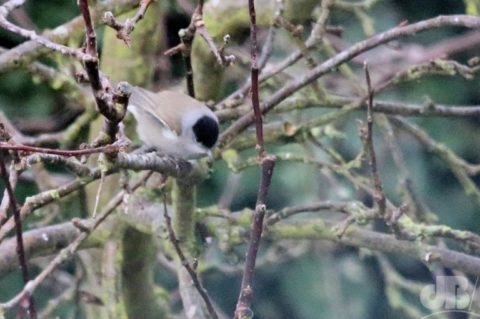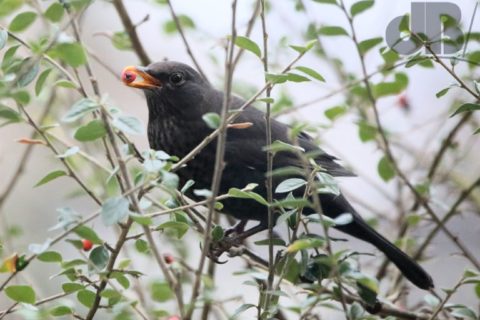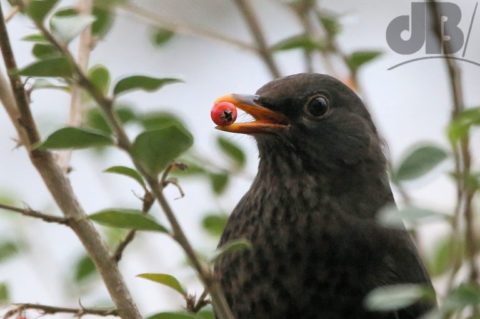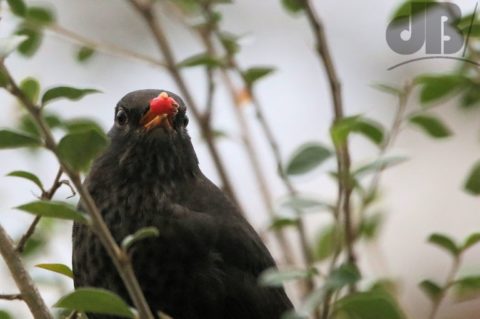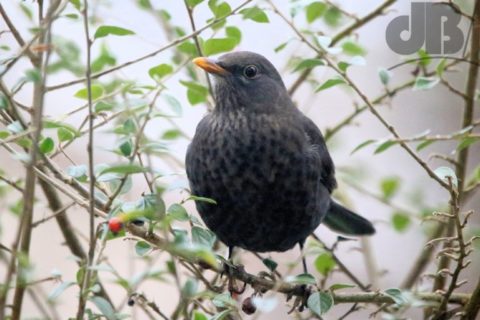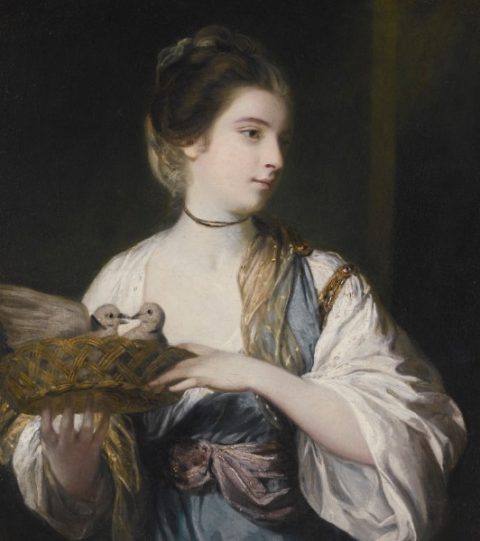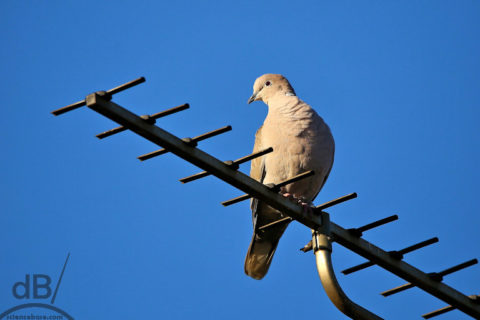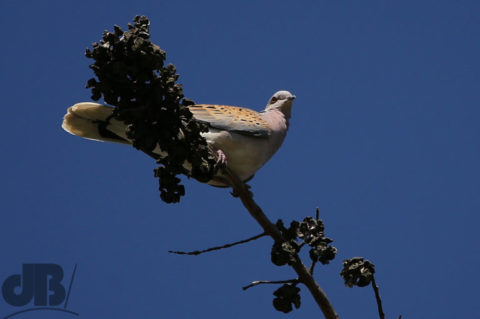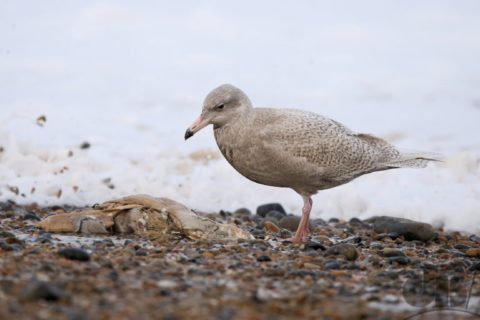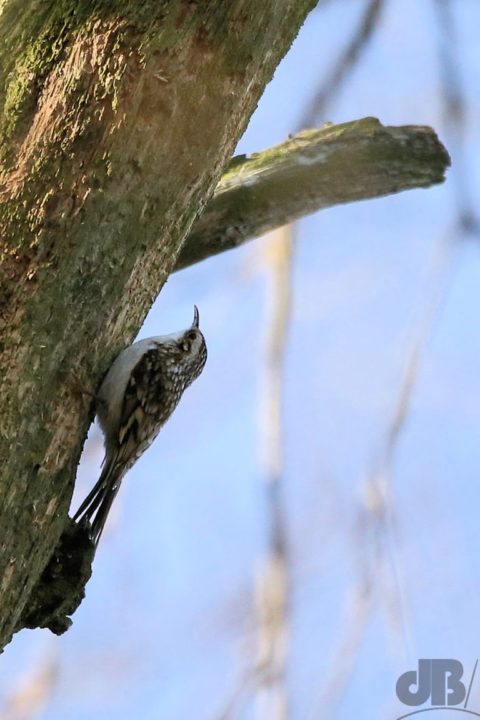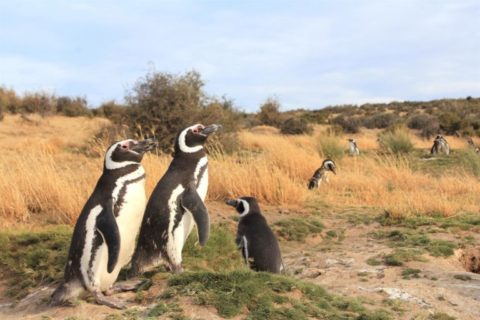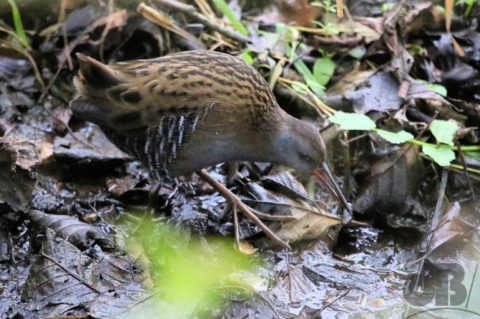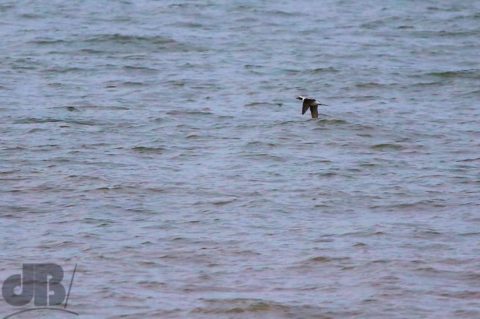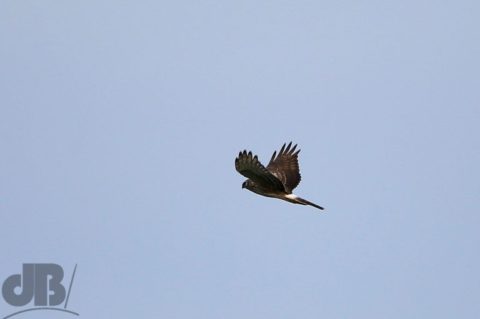TL:DR – Birds you might see or here in an English country garden. My Cambridgeshire garden ticklist is below.
Some time ago, my dear friend and fellow bigMouth singer John Stanford asked me to put together an article for our village newsletter about the birds we are likely to see in our gardens here in South Cambridgeshire. Your mileage will vary depending on where you are in the country, what kind of habitat your garden offers, feeders you use or don’t (it’s not essential and not always recommended). But, I do have an article on how to attract more birds to your garden.
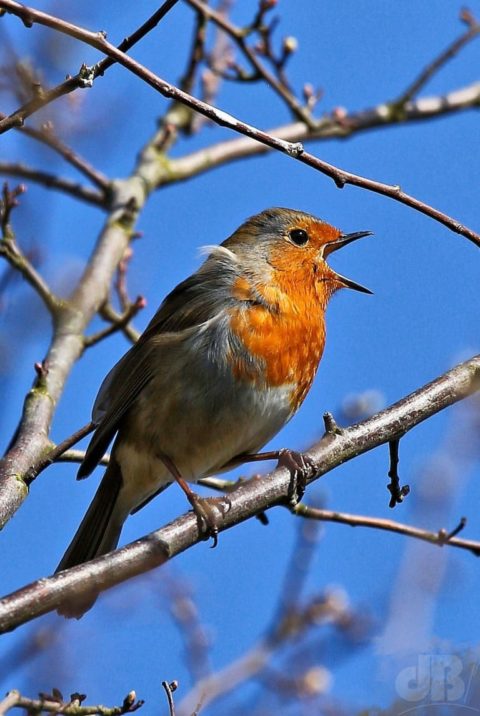
Of course, which of our feathered friends turns up in your garden is down to many different factors, the size and layout of your garden, tree and other plant species, the presence of cats, whereabouts you are relative to patches of woodland, farmland, and whether or not the visitors find a useful supply of food in the form of berries on your bushes, seed feeders and bird tables, coconut shells full of suet, and whatever else you might put out to attract them.
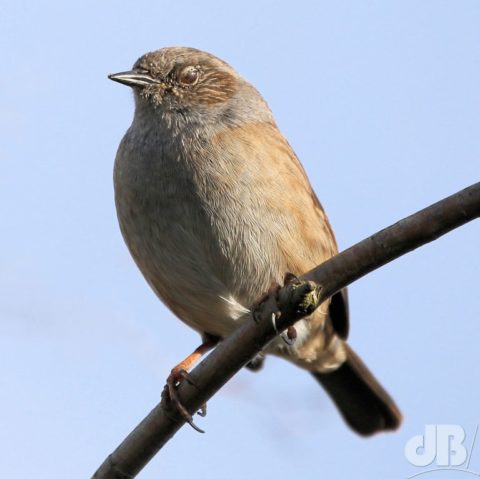
Some birds will arrive in great numbers to feast on fatballs for instance. Most of us have been perplexed to see expensive fatballs disappear in a matter of minutes when a flock of starlings turn up. Other food, such as nyjer seeds in a specialist feeder will draw in Goldfinches and occasionally for some Redpolls. Sunflowers seeds with the husk intact, sometimes referred to as black sunflower hearts, will keep Greenfinches, Blue Tits, Great Tits, Coal Tits, and Long-tailed Tits busy, and if the nyjer seeds run out the Goldfinches too.
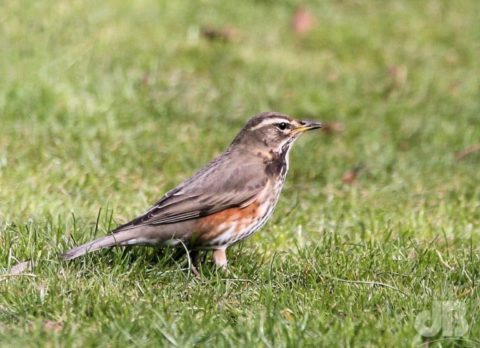
Robins, Blackbirds, Wood Pigeons, Collared Doves, Dunnocks, will spend much of their time pecking around under the feeders, although the Blackbirds will join Mistle and Song Thrushes plucking insects from the lawn. And, Thrushes will famously grab snailshells and smash them on the ground to get at the occupant. If it’s very cold out on the farmland, the winter thrushes – the Fieldfares and Redwings – will come into the warmer more urban areas and attempt to snaffle berries from your bushes and trees much to the consternation of the Blackbirds who will attempt to make them flee.
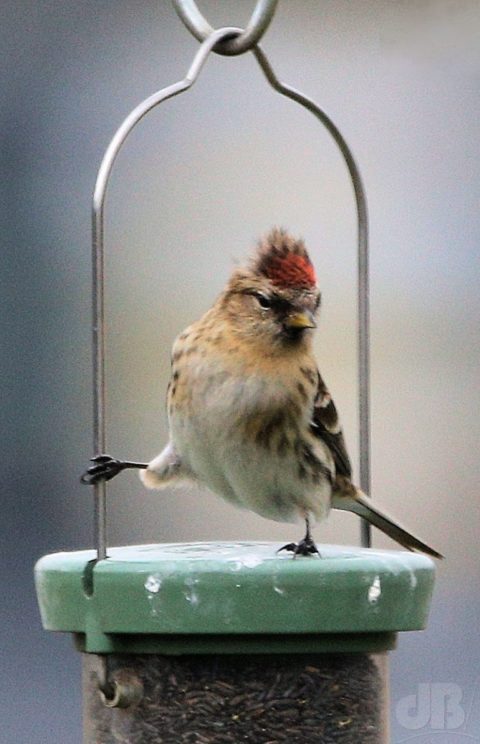
You might also spot Bramblings during the winter. They are another finch resembling the Chaffinch but brighter and more orange colours. I have heard from people living on the edge of our village who see them in their gardens occasionally, but they are more likely to be elsewhere.
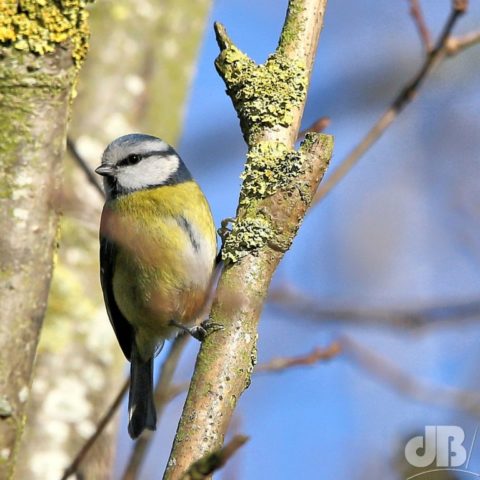
Unusual but increasingly common in the winter are Blackcaps, a type of warbler normally considered a summer visitor, but turning up in our gardens from Germany and Eastern Europe rather than heading to the Iberian Peninsula and North Africa. Speaking of summer, by the time you read this birds that you might see above your garden or heading into your eaves may have started to arrive: House Martins first, then the Swallows that don’t necessarily a summer make, and finally the Swifts. Listen out for Cuckoos too. Certainly, houses on the edge of our local village green backing on to farmland have regular cuckoos visiting for the breeding season.
If you have ants among your plants, you might see Green Woodpeckers, also known as Yaffles for their scoffing call in flight. Ants are the staple diet of yaffles, so hold off the powder if you want to see them pecking at the ground in your garden. And, speaking of woodpeckers, there are quite a few Great Spotted Woodpeckers around, which will often come to garden feeders. Of course, if you’re attracting lots of small songbirds to your garden you might also attract predators including Sparrowhawks and less obviously egg-eating Magpies, and chick-chomping Jays. Great Spotted Woodpeckers will also peck into birdboxes to eat baby Blue Tits and the like.
Here’s our garden ticklist of the 60 species we’ve noted) during the last quarter of a century, in, over, or very close to our small, relatively “sub-rural” garden. Some of the species we see often, many less frequently, I’ve added notes if there was something interesting about a particular appearance:
- Barn Owl (daytime neighbours 2 Jan 24, prev. Merlin app app late Oct 23)
- Blackbird (Common, seen using the pond for drinking and/or bathing)
- Blackcap (some winters, male and female)
- Black-headed Gull (common, overhead)
- Blue Tit (common)
- Buzzard (raiding Blackbird nest behind shed, 2000s, often overhead)
- Chaffinch (less common these days)
- Chiffchaff (bathing in pond, 2022)
- Coal Tit (occasional sightings)
- Collared Dove (Usually present, seen using the pond for drinking and/or bathing)
- Cormorant (occasionally overhead)
- Dunnock (Often seen, also using the pond for drinking and/or bathing)
- Fieldfare (Beast from the East winter)
- Goldcrest (early 2019 first time, occasionally hear them still)
- Golden Plover (once, overhead)
- Goldfinch (fairly often, also seen using the pond for drinking and/or bathing)
- Great Black-backed Gull (overhead)
- Great Tit (frequent visitors)
- Great Spotted Woodpecker (2023, possibly also late 90s)
- Green Sandpiper (once heard)
- Green Woodpecker (perhaps once)
- Greenfinch (not so common now
- Grey Heron (taking frogs, 2021, but also seen since 2017, often on roof)
- Hobby (overhead, 2x taking Swifts consecutive years, early 2000s)
- House Martin (attempted nesting under rear gable early 2000s)
- House Sparrow (Fairly common, seen using the pond for drinking and/or bathing)
- Jackdaw (occasionally)
- Jay (once, perhaps)
- Kestrel (occasionally overhead)
- Lapwing (occasionally overhead)
- Lesser Black-backed Gull (overhead)
- Linnet (once overhead, mid-Sep 24)
- Little Egret (very occasionally 0verhead)
- Long-tailed Tit (periodic flock)
- Magpie (regulars)
- Marsh Harrier (some time after 2018 overhead?)
- Mistle Thrush (two on rowan mistletoe and at no. 16)
- Oystercatcher (once heard overhead and on Merlin night 28 Mar 24)
- Pheasant (spent a winter in our and the neighbours’ gardens)
- Pied Wagtail (snowy winter in back garden 2018
- Prize Pigeon (present, summer of 2023?)
- Redpoll (once to new nyjer feeder 2018)
- Redwing (3 or 4 one snowy winter)
- Red Kite (common overhead now)
- Redshank (heard and seen overhead once)
- Robin (Regulars, also seen using the pond for drinking and/or bathing)
- Rook (Once to bacon rind on bird feeder, commonly on rooves)
- Song Thrush (quite rare visitor now)
- Sparrowhawk (feeding once or twice, but occasionally see flying through)
- Spoonbill (fast along Pelham Way above roofline, 3pm, 18 Apr 23)
- Starling (common)
- Stock Dove (once)
- Swallow (once or twice, overhead in summer)
- Swift (every summer, overhead)
- Tawny Owl (hear frequently on Pelham Way and behind us)
- Whitethroat (Tricia saw in pyracantha, 2 Aug 23)
- Willow Warbler (once, but may well have been Chiffchaff)
- Wood Pigeon (Common, and seen using the pond for drinking and/or bathing)
- Wren (Often, and seen using the pond for drinking and/or bathing)
Merlin pickups, for some can hear bird on recording
- Brambling (Merlin app, late Oct 23)
- Raven (Merlin app, late Oct 23)
- Grey Wagtail (Merlin app, late Oct 23)
- Marsh Harrier (Merlin app, late Oct 23)
- Ringed Plover (Merlin app, Oct 23, end of Pelham Way)
- Waxwing (Merlin app, early Nov 23)
- Meadow Pipit (Merlin app, early Nov 23)
- Reed Bunting (Merlin app, early Nov 23)
- Yellow-legged Gull (Merlin app, early Nov 23)
- Siskin (Merlin app, late Dec 23 and again Mar 24)
- Black Redstart (Merlin app early Jan 24)
- Ring-necked Parakeet (Merlin app, 14 Jan 24)
- Tree Sparrow (Merlin app early Feb 24)
- Hawfinch (Merlin app early Feb 24)
- Yellowhammer (Merlin, mid-Nov 24)
- Stonechat (Merlin, mid-Nov 24)
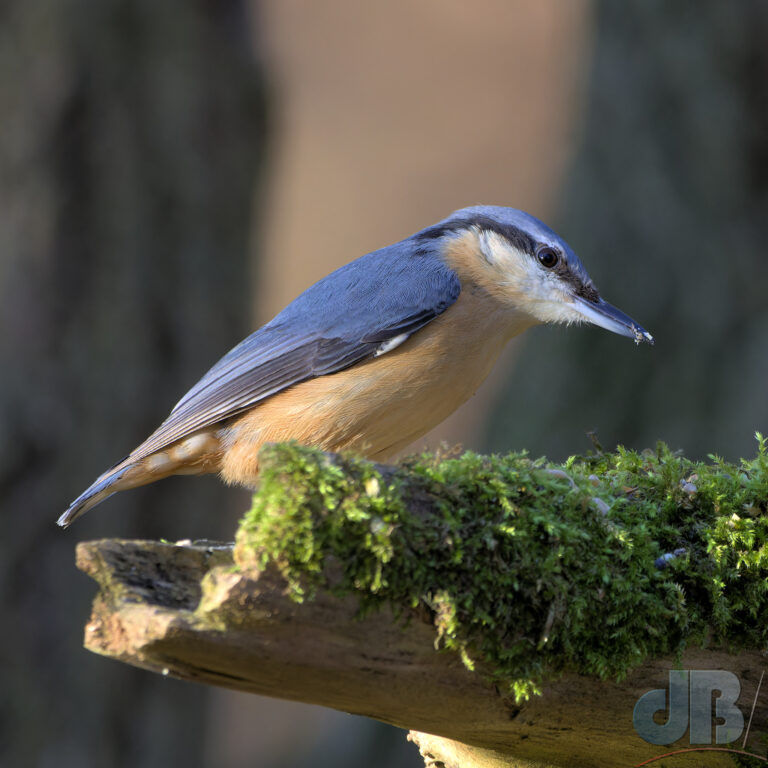
I could add a lot of other birds to this list if I were to consider my village sightings rather than just my garden sightings: Little Owl (farm next to Les King Wood), Great White Egret (Cottenham Lode), Little Egret (Cottenham Lode), Whooper Swan (Fen Bridge Farm and behind Smithy Fen), Corn Bunting (Broad Lane), Peregrine (Rampton Spinney and Broad Lane farmland), Kingfisher (Cottenham Lode), Black-winged Stilt (Smithy Fen Flood), Little Stint (Smithy Fen Flood), Little Ringed Plover (Smithy Fen Flood), Snipe (Smithy Fen Flood), Teminck’s Stint (Smithy Fen Flood), White Stork (Smithy Fen Flood), Grey Wagtail (Smithy Fen Flood), Red-legged Partridge (farmland).
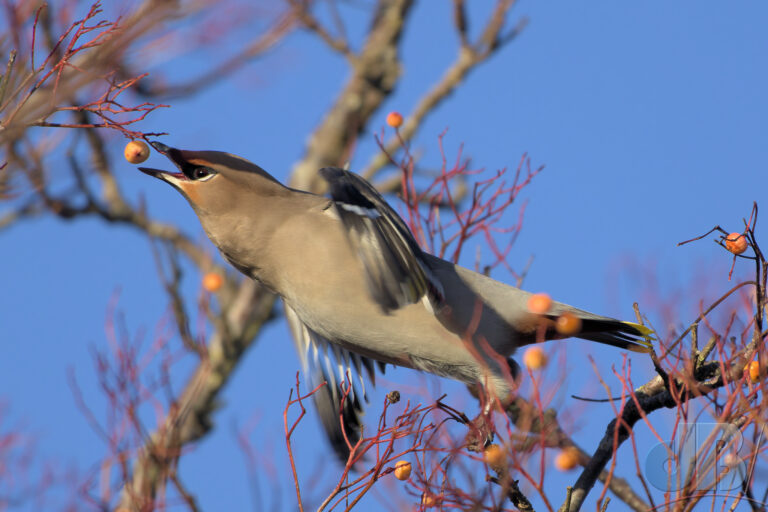
Check out my tongue-in-beak birding glossary here.
